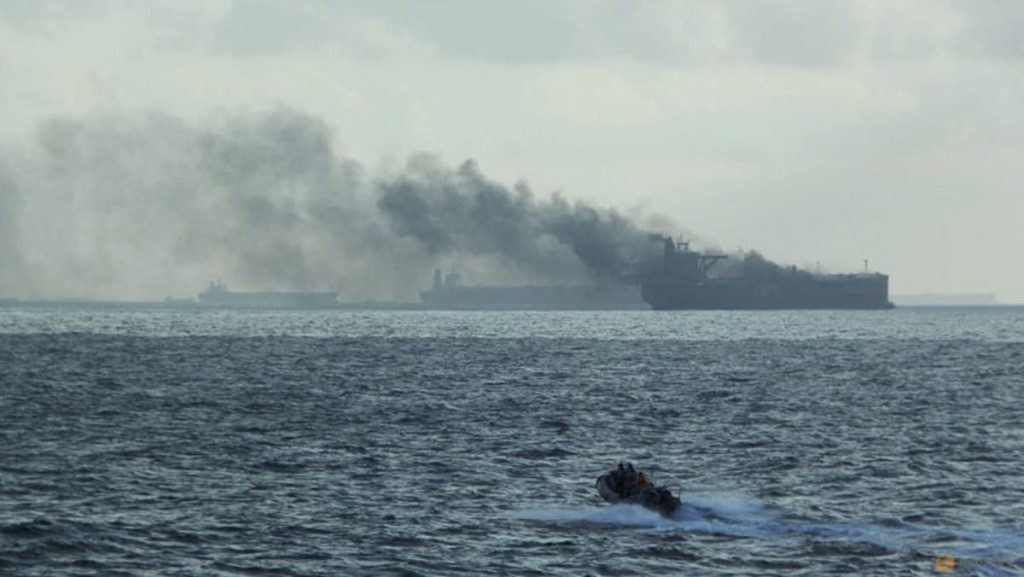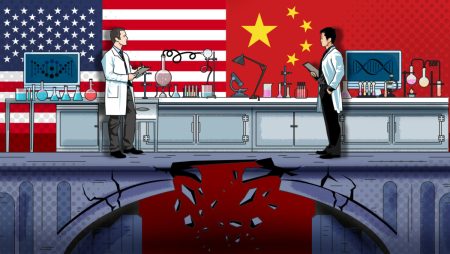The Hafnia Nile, a tanker carrying up to 60,000 metric tonnes of naphtha, a flammable liquid used in petrochemical production, collided with the Ceres I, a very large crude carrier, in the waters off eastern Malaysia. The Ceres I, operated by China’s Shanghai Prosperity Ship Management, was reportedly without cargo at the time of the collision and was on its way to Langshan, China. The collision raised concerns because the Ceres I had previously discharged heavy Iranian crude in Malaysian waters, leading to speculation about potential sanctions violations.
A maritime analyst identified the Ceres I as a “serial spoofer,” a term used to describe ships that manipulate Automatic Identification System (AIS) data to hide their actual location. According to Lloyd’s List Intelligence’s principal analyst Michelle Wiese Bockmann, the area where the collision occurred is known for storage and ship-to-ship transfers of sanctioned Iranian, Venezuelan, and Russian oil destined for China. The Iranian Ministry of Petroleum has denied that the Ceres I was carrying Iranian crude oil, but questions remain about the ship’s activities in the region.
The authorities have not yet decided whether to investigate allegations against the Ceres I, as the priority is currently on ensuring the safety of the vessels involved in the collision. The Malaysian Maritime Enforcement Agency is working with Singapore authorities to manage the situation and prevent any potential environmental impact. Initial reports indicated that there was no oil spill from the Ceres I, with only an oil sheen detected near the Hafnia Nile. Efforts have been made to contain the situation and prevent any further damage to the environment.
All 22 crew members aboard the Hafnia Nile were safely rescued by the Republic of Singapore Navy’s RSS Supreme following the collision. However, the crew members of the Ceres I remain on board the ship as investigations into the incident continue. Despite the lack of a reported oil spill from the Ceres I, authorities are taking precautions to address any potential environmental issues that may arise. The focus is currently on preventing any further damage and ensuring the safety of the vessels involved in the collision.















